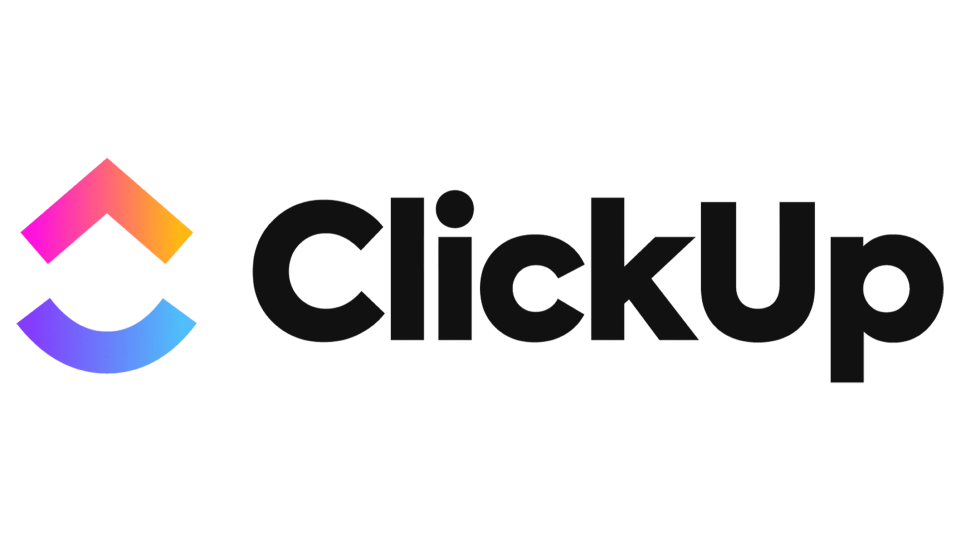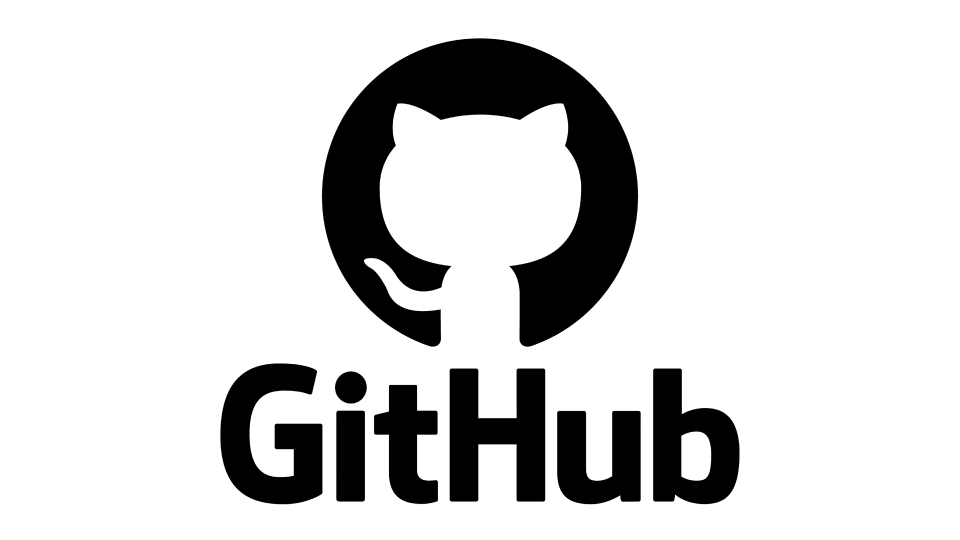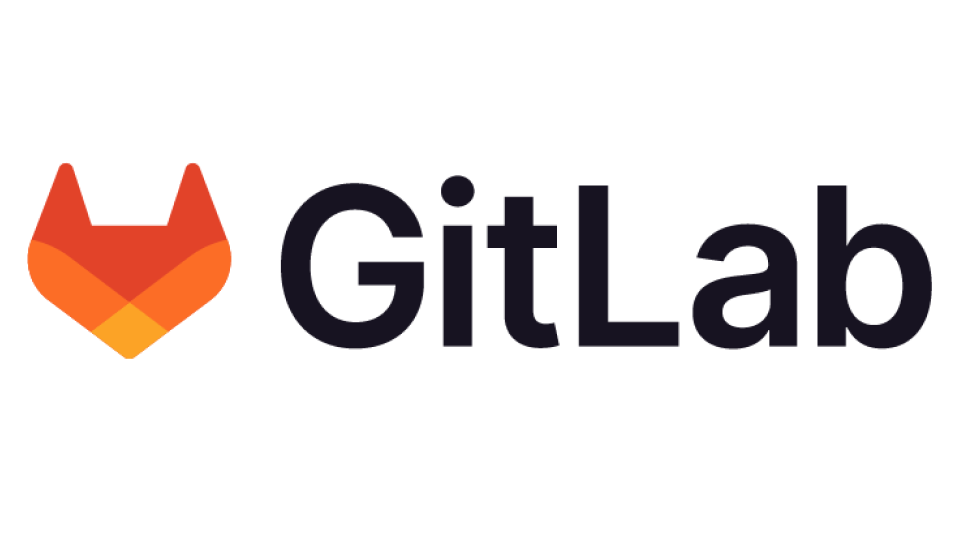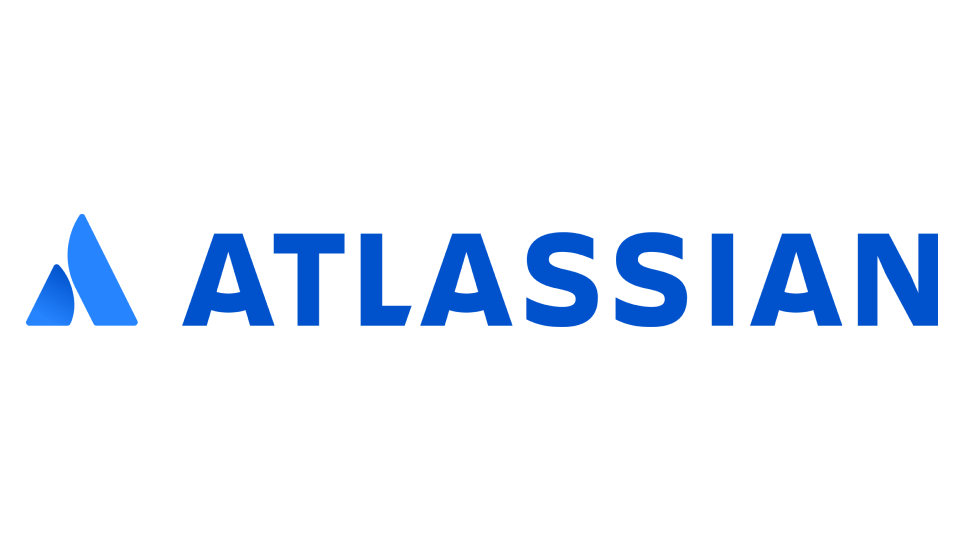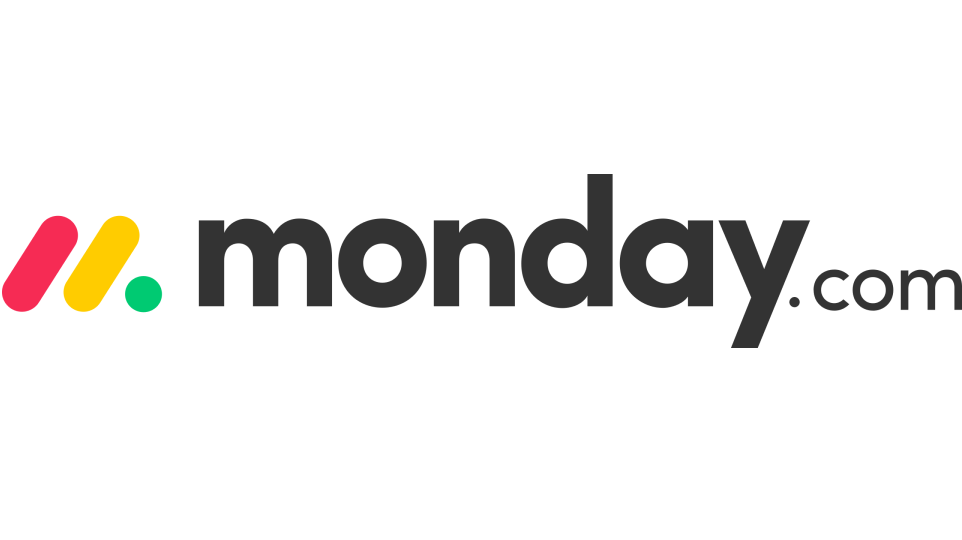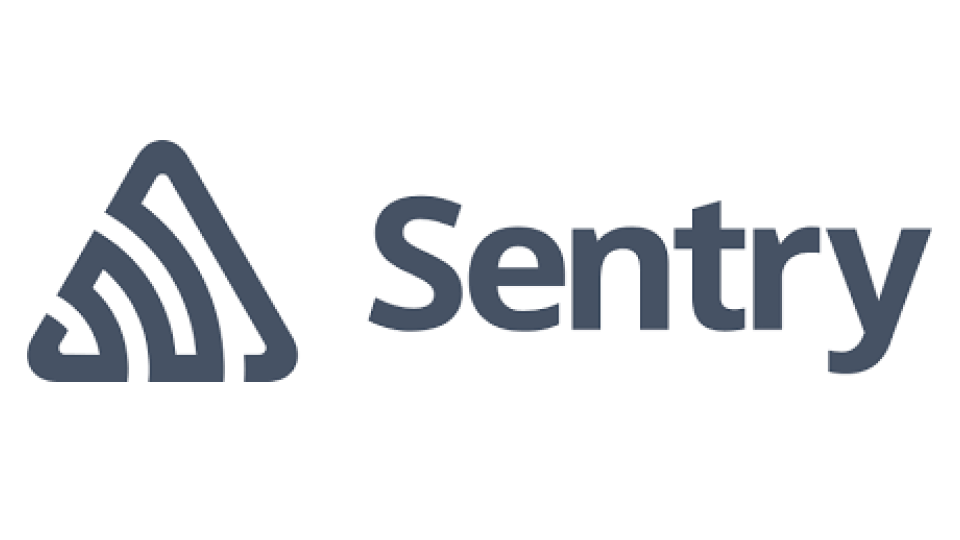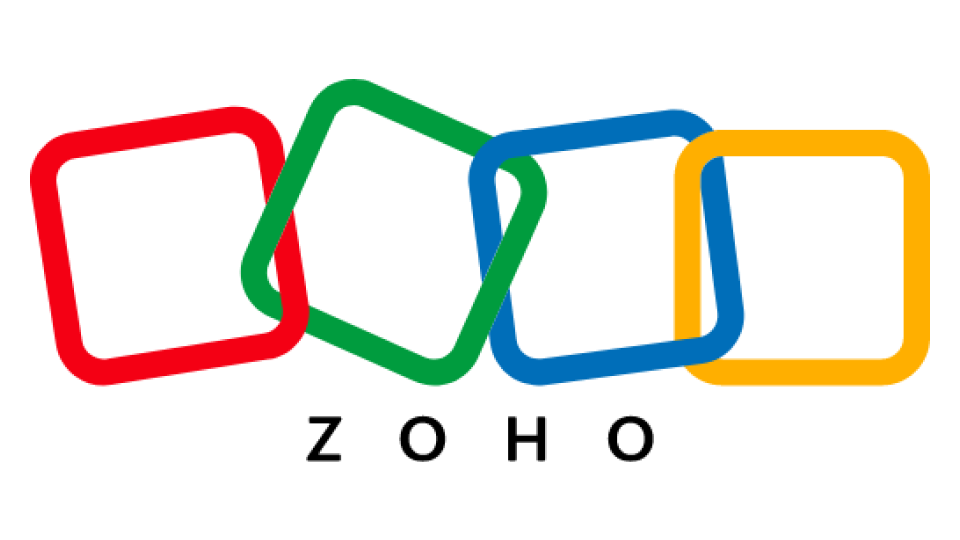Bug tracking tools play a vital role for DevOps teams in the information technology sector. These tools assist in identifying and keeping a record of bugs or errors found in the systems or applications under development or maintenance.
Bug tracking comes with numerous benefits: it ensures efficiency in finding and fixing errors, makes it easier to follow up on resolved issues, facilitates clear communication within teams, and helps align the development and operational processes.
The bug tracking market is quite competitive, with several providers offering solutions tailored for DevOps teams. These solutions are often built into comprehensive development platforms that also include features like project management, code review, and version control. In this guide, we will delve into the top seven bug tracking tools for DevOps teams. We’ll examine their features, such as integration capabilities, issue management features, user interface, and reporting, based on our technical assessment and client reviews.



